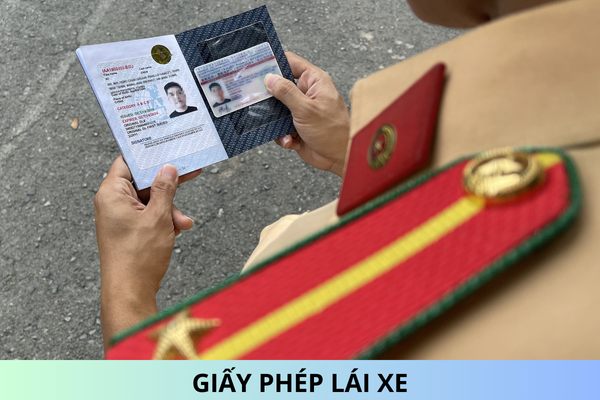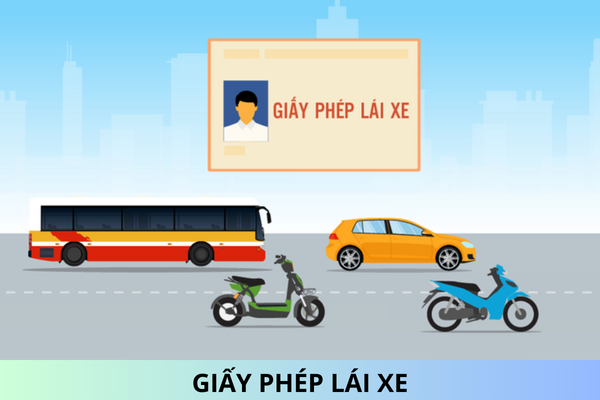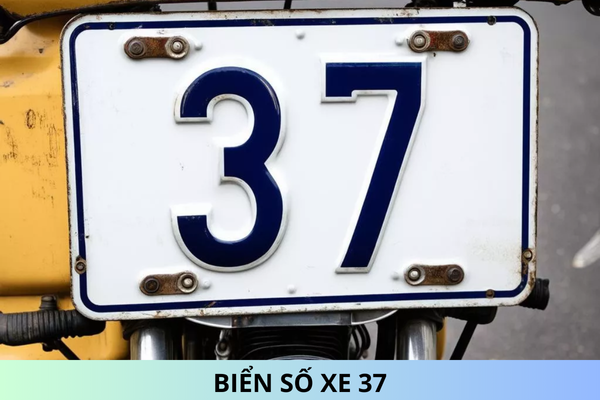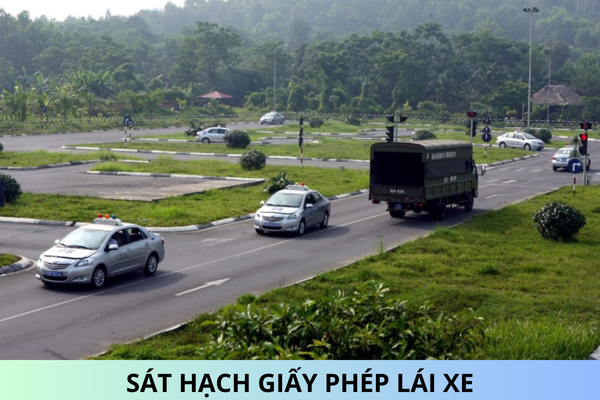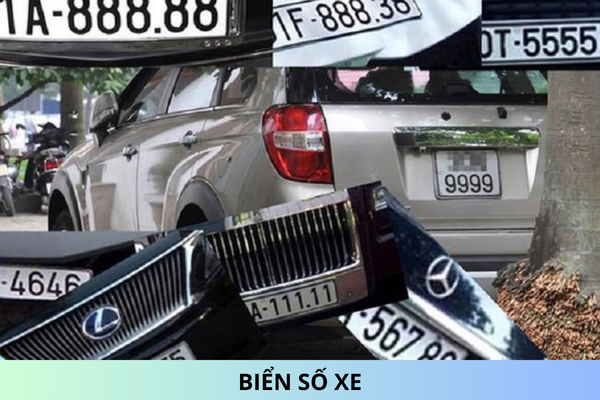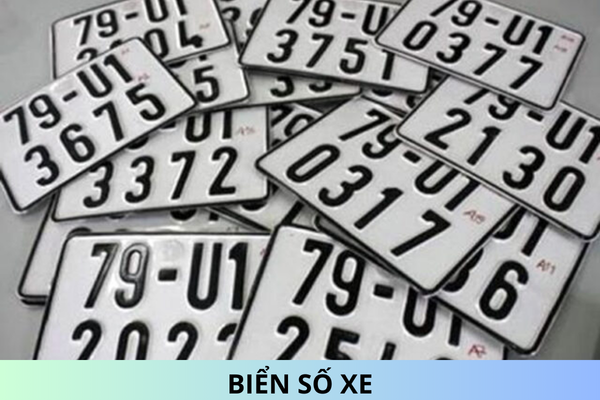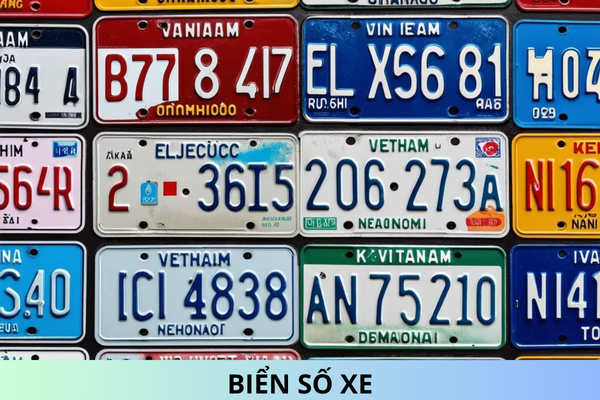Regulation on Impact Resistance and Bending Strength of Protective Covers for Rearview Mirrors Used for Automobiles
Based on Section 2.1.4, Part 2 of the National Technical Regulation QCVN 33:2019/BGTVT, issued in conjunction with Circular 26/2019/TT-BGTVT, stipulating the impact resistance and bending strength of mirror protective covers for automobiles as follows:
- All types of mirrors must be tested for the impact resistance of the reflective surface and the bending strength of the protective cover according to Appendix D and Appendix E of this Regulation.
- Only Type V and Type VI mirrors are exempt from the bending strength test of the protective cover.
- Mirrors must not break during testing. However, breakage on the reflective surface of the mirror is allowed if the mirror is made of safety glass or if the mirror meets the following condition:
- Shards of broken glass must still adhere to the inside surface of the protective cover or adhere to a firmly attached plane on the protective cover, except for a portion of the broken glass shards allowed to separate from the protective cover as long as the size of each shard edge does not exceed 2.5 mm. At the point of force application, small fragments are allowed to detach from the mirror surface.- If the support of the reflective surface is damaged during the impact test for mirrors mounted on the front windshield, the remaining portion must not protrude more than 10 mm from the base, and the shape of the remaining portion after the test must comply with the conditions described in Section 2.1.1.3 of this Regulation.
- Testing according to Appendix D of this Regulation is not applicable to mirrors if no part of the mirror is lower than 2 meters from the ground, including the adjustable position when the vehicle is in a load condition corresponding to the maximum allowable design load.
- This condition also applies if the attached mirror components (mirror base, mirror arm, swivel joint...) are placed lower than 2 meters from the ground but do not protrude beyond the full width of the vehicle, measured on a vertical plane cutting through the lowest point of mirror placement, or any point on this plane if the cross-sectional profile at that point has a greater full width.
- In such cases, instructions must be provided clearly specifying how to install the mirror to meet the aforementioned conditions regarding the position of the mirror-attached components installed on the vehicle.
- When this clause is applied, the mirror support must be clearly marked with the symbol 2∆m. Additionally, the quality certificate must also acknowledge this point.
We provide this information in response to your query.
Sincerely!
